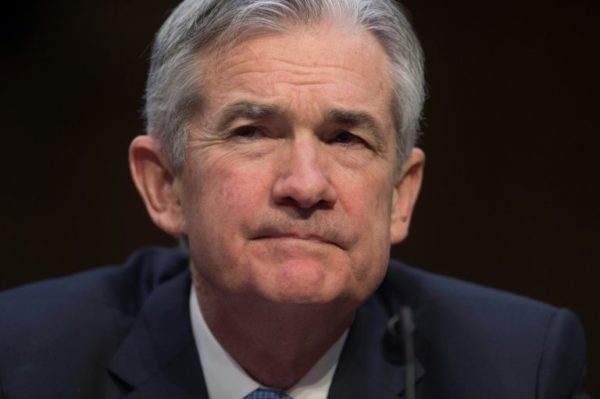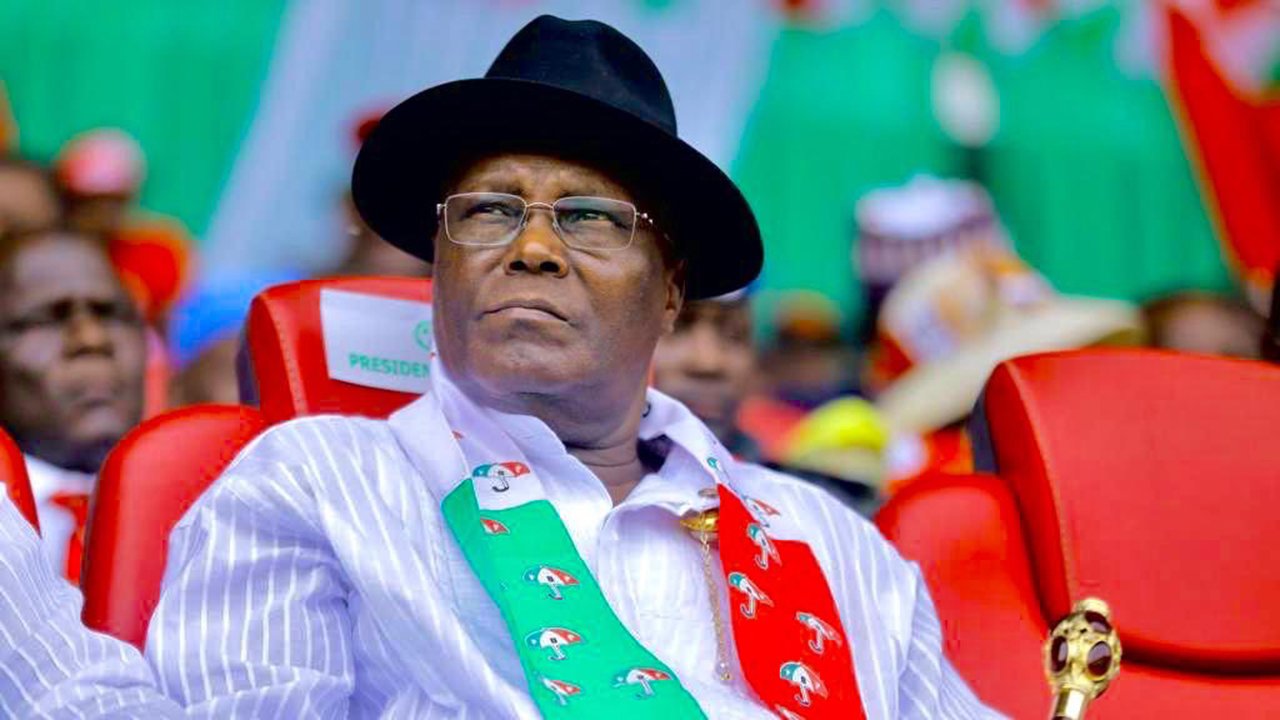The U.S. Federal Reserve raised interest rates on Wednesday, as expected, but forecast fewer rate hikes next year and signalled its tightening cycle is nearing an end in the face of financial market volatility and slowing global growth.
The central bank said the U.S. economy has been growing at a strong rate and the job market has continued to improve.
It noted that “some” further gradual rate hikes would be needed, a subtle change that suggested it was preparing to stop raising borrowing costs.
In a statement issued after the end of its last policy meeting of the year, the Fed said risks to the economy were “roughly balanced” but that it would “continue to monitor global economic and financial developments and assess their implications for the economic outlook.”
The rate hike, the fourth of 2018, lifted the target range for the Fed’s benchmark overnight lending rate by a quarter of a percentage point to a range of 2.25 percent to 2.50 percent.
The decision to raise borrowing costs again is likely to anger U.S. President Donald Trump, who has repeatedly attacked the central bank’s tightening this year as damaging to the economy.
The Fed has been raising rates to reduce the boost that monetary policy gives to the economy, which is growing faster than what central bank policymakers view as a sustainable rate.
There are worries, however, that the economy could enter choppy waters next year as the fiscal boost from the Trump administration’s spending and $1.5 trillion tax cut package fades and the global economy slows.
The Fed also made a widely expected technical adjustment, raising the rate it pays on banks’ excess reserves by just 20 basis points to give it better control over the policy rate and keep it within the targeted range.
U.S. stock markets dropped to the day’s low following the Fed’s statement, and the S&P 500 Index .SPX briefly turned negative. Bond prices rallied, pushing the yield on the benchmark 10-year Treasury note US10YT=RR below 2.80 percent to its lowest since late May.
The dollar, weaker on the day before the decision, regained some ground against most major currencies.
“I think that markets were looking for more in terms of the pause,” said Jamie Cox, managing partner at Harris Financial Group in Richmond, Virginia.
“It’s not as dovish as expected, but I do believe the Fed will ultimately back off even further as we move into the new year.”
Fresh economic forecasts released on Wednesday showed policymakers expect two rate hikes next year and one the following year, with the median forecast for the federal funds rate at 3.1 percent at the end of 2020 and 2021.
That would still leave borrowing costs just above policymakers’ downgraded view of a 2.8 percent neutral rate that neither brakes nor boosts a healthy economy.
NAN







2 Comments